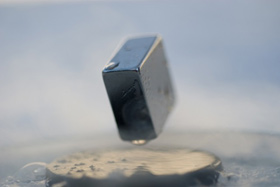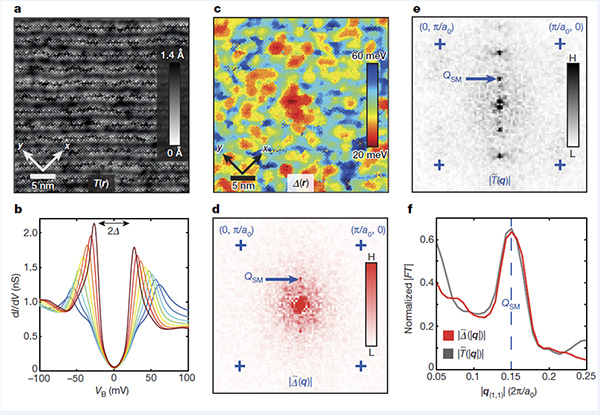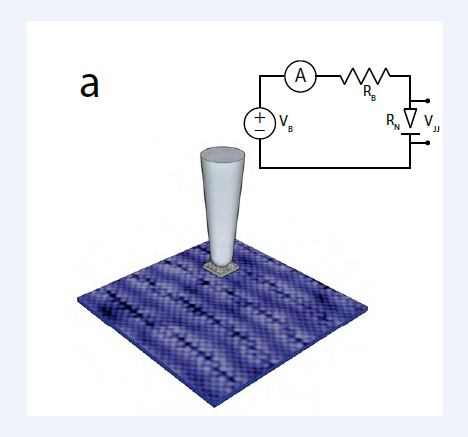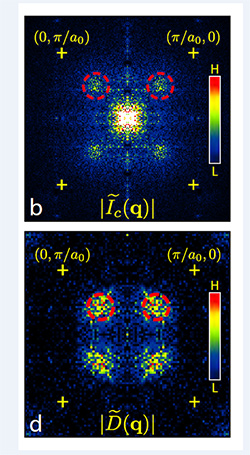주메뉴
- About IBS 연구원소개
-
Research Centers
연구단소개
- Research Outcomes
- Mathematics
- Physics
- Center for Theoretical Physics of the Universe(Particle Theory and Cosmology Group)
- Center for Theoretical Physics of the Universe(Cosmology, Gravity and Astroparticle Physics Group)
- Center for Exotic Nuclear Studies
- Center for Artificial Low Dimensional Electronic Systems
- Center for Underground Physics
- Center for Axion and Precision Physics Research
- Center for Theoretical Physics of Complex Systems
- Center for Quantum Nanoscience
- Center for Van der Waals Quantum Solids
- Chemistry
- Life Sciences
- Earth Science
- Interdisciplinary
- Institutes
- Korea Virus Research Institute
- News Center 뉴스 센터
- Career 인재초빙
- Living in Korea IBS School-UST
- IBS School 윤리경영


주메뉴
- About IBS
-
Research Centers
- Research Outcomes
- Mathematics
- Physics
- Center for Theoretical Physics of the Universe(Particle Theory and Cosmology Group)
- Center for Theoretical Physics of the Universe(Cosmology, Gravity and Astroparticle Physics Group)
- Center for Exotic Nuclear Studies
- Center for Artificial Low Dimensional Electronic Systems
- Center for Underground Physics
- Center for Axion and Precision Physics Research
- Center for Theoretical Physics of Complex Systems
- Center for Quantum Nanoscience
- Center for Van der Waals Quantum Solids
- Chemistry
- Life Sciences
- Earth Science
- Interdisciplinary
- Institutes
- Korea Virus Research Institute
- News Center
- Career
- Living in Korea
- IBS School
News Center
|
Detection of Atomic Scale Structure of Cooper-Pairs in a High-TC Superconductor - Researchers from Seoul National University and the Center for Correlated Electron Systems (CCES) within the Institute for Basic Science (IBS) discover a Cooper-pair density wave at an atomic level - April 13, 2016
The international scientific team reported the first ever observation of the atomic scale structure of Cooper-pairs in the superconductor Bi2Sr2CaCu2O8+x: a material belonging to the family of high-temperature (High-TC) superconductors bismuth strontium calcium copper oxide, or BSCCO. This detection is a breakthrough in the understanding of the ever elusive High-TC superconductivity phenomena. Condensing fermions into one macroscopic quantum stateConventional superconductors are not a recent discovery; conversely, they have been in commercial use for a number of decades but the extreme temperatures required, less than -263℃, prove difficult to attain and maintain, as opposed to High-TC superconductors where more manageable temperatures of -196℃ are required. Superconductivity occurs under certain temperatures: electrons form pairs and suddenly the electrical resistance drops to zero and the magnetic field inside of the material is repelled.
▲ A: Typical 35 nm X 35 nm topographic image T(r) at BiO termination layer of BSCCO (crystal “supermodulation” runs vertically). In nature, there are examples of emergence of macroscopic quantum states – superfluidity, Bose-Einstein condensation for example- where bosonic particles (bosons) condense and form one macroscopic quantum entity. Electrons which are fermions—not bosons—cannot condense into one entity. However, under extremely low temperatures fermions cleverly combine into pairs and act as if they are bosons; they condense into one state and form yet another kind of macroscopic quantum phase – superconductivity.
Overcoming severe difficultiesThe international scientific team had to overcome difficulties in creating an extreme environment. The process of detecting electrons is incredibly intricate, even when using advanced modern scientific machinery. Professor Jinho Lee, leader of the project, explains: “Even detecting electrons in atomic resolution using a scanning tunneling microscope (STM) requires extremely low temperatures, low vibrations and a vacuumed environment to prevent any decay in the tip of the microscope or the sample as well as to minimize any electrical noise. Detecting pairs is exponentially more difficult since the normal metal tip can only detect electrons and is unable to probe electron pairs. Naturally one needs to use a sharp, durable superconducting tip which is very challenging to make. Many researchers tried and failed. We solved this arduous problem by creating a superconducting tip in-situ using the same material as the sample. Cooper pairs can be detected due to the Josephson effect between the superconducting tip and sample. By using this Scanning Josephson Tunneling Microscopy, we were able to directly measure Cooper-pairs in atomic resolution for the first time.” Tunneling through barriers and looking toward the futureThe Josephson effect is directly linked to superconductivity. Two superconducting materials, separated by a very thin barrier, can overlap their wave functions and Cooper pairs can tunnel through the barrier: This is known as the Josephson effect. Using the Scanning Josephson Tunneling Microscope, the team detected, at an atomic scale, the Cooper-pair tunneling through the barrier between the superconducting materials. The team’s results, published in Nature, announced the world’s first measurement of atomic scale structure of Cooper-pairs. The implications of this discovery might not reverberate for many years in commercial applications of superconductors, but there is no doubt that the team altered the future path of superconductor research.
▲ B: Magnitude of Fourier transform of Ic(r) in a, |Íc (q)| (crosses at q=( π /a0,0);(0,../a0)). Maxima due to modulations in Ic(r) (dashed red circles) occur at QP=(0.25,0)2 π./a0;(0,0.25)2 π /a0. No significant modulations occur in RN)Qp) (Methods V). Neil Mannix Notes for editors - References - Media Contact - About the Institute for Basic Science (IBS) |
|||
|
|
| Next | |
|---|---|
| before |
- Content Manager
- Public Relations Team : Suh, William Insang 042-878-8137
- Last Update 2023-11-28 14:20















